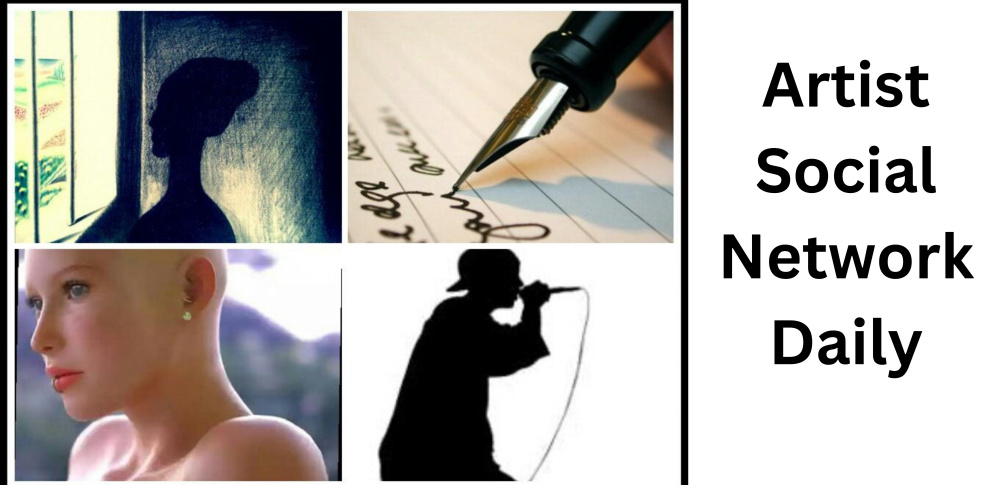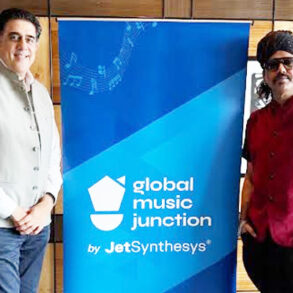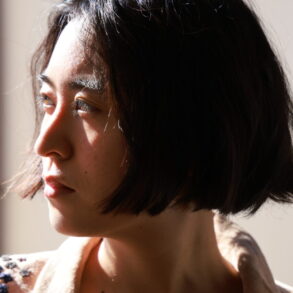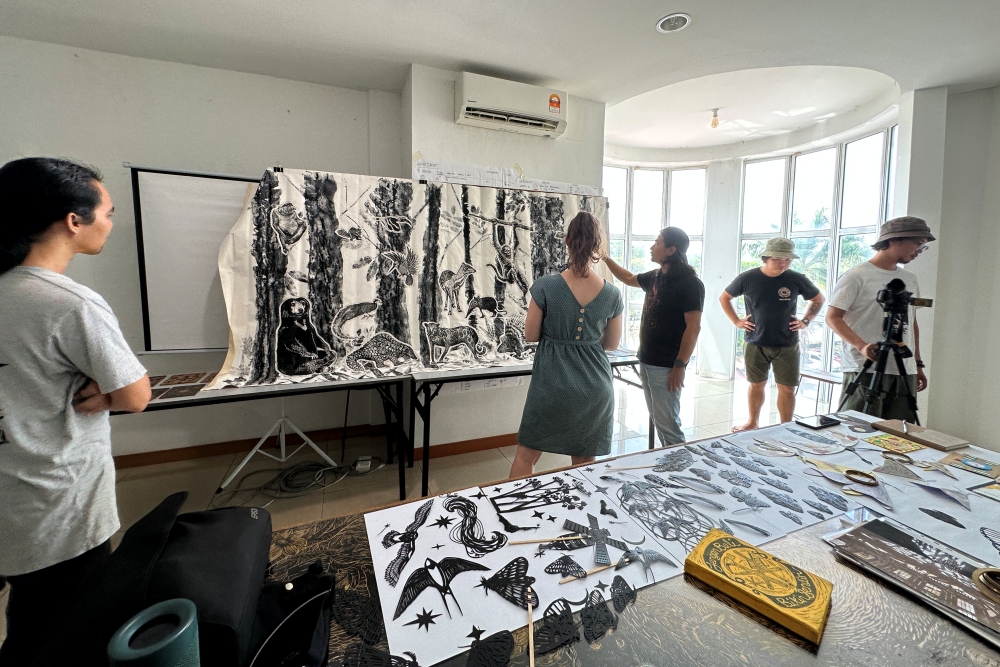
The ‘Sama Sama: Transcultural Art Residency’ showcases Pangrok Sulap’s woodcut art practice and also the paper-cutting and collage collections by Maddocks.
RENOWNED homegrown artist collective Pangrok Sulap is stepping into a new endeavour by launching its inaugural creative residency programme in collaboration with a British artist.
Being hosted in its studio space in Kota Kinabalu, the ‘Sama Sama: Transcultural Art Residency’ highlights a month-long itinerary that showcases Pangrok Sulap’s woodcut art practice and the also paper-cutting and collage collections by Bethan Maddocks, a Newcastle-based visual artist.
Additionally, the programme also includes trips to the rural areas, mangrove forests and collaborations with local non-governmental organisations (NGOs) and social groups.
Aimed at fostering creative exchange as well as addressing environmental and community issues, Pangrok Sulap and Maddocks are set to visit organisations such as Forever Sabah, Partners of Community Organisations in Sabah (Pacos), Borneo Komrad and Dumo Wangi, to understand more about local issues and concerns.
An important part of the work of the artists is community collaboration and collecting stories and in this regard, a number of workshops are being conducted, teaching the members the rural community, including the children, the skills in papercutting, woodcutting and screen-printing arts.
These works would then be used as part of a planned exhibition at the end of the residency programme.
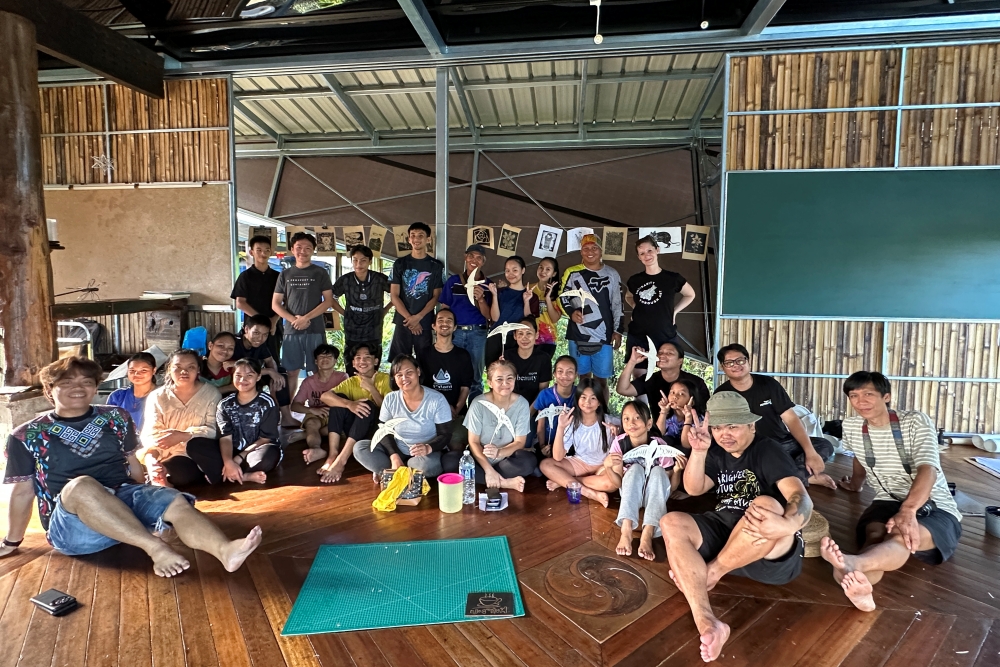
One of the community workshops is being conducted with Forever Sabah and members of the community in Tengilang.
‘Driving forces’
The first artist to join this residency programme is Maddocks, who has drawn much praise and admiration for her large-scale papercut installations and now, she is in East Malaysia for the four-week long stay as artist in residence.
Maddocks works with archives, communities and organisations to collect stories and make socially engaged, site-specific artwork.
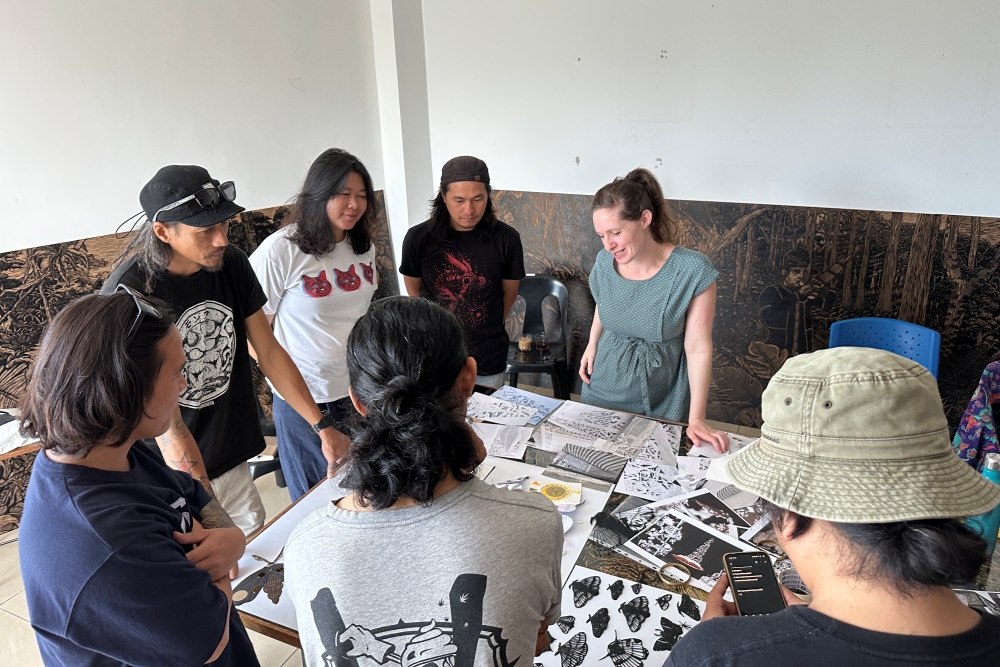
Maddocks (facing camera, right) explains her paper-cutting artworks to the Pangrok Sulap team.
Often working with light, paper, fabric and found objects, she creates interactive, tactile sculptures and installations that explore ecology, migration, people and places.
The current programme is not Maddocks’ first residency in Borneo. In October 2018, she undertook a 10-day residency in Sarawak during the ‘Borneo Bengkel’ – an arts platform for creative practitioners aimed at encouraging interdisciplinary dialogues and cultural exchanges.
Held in Kuching, the event allowed her to research the jungles of Borneo and their relations to the prehistoric forests of the north of England.
Apart from this, her other residencies had included Studio Garonne in France in 2019, Outlandia, an artists’ field station in Glen Nevis, Scotland (2015) and Green TV, a programme in the UK funded by the Heritage Lottery Fund to provide an innovative and exciting programme of environmental and heritage engagement through the arts for the Tees Valley (2011).
Meanwhile, Pangrok Sulap, which was established in 2010 in Ranau, Sabah, is an art collective that comprises a diverse range of elements and disciplines: artists, curators, writers, researchers, activists, musicians, graphic designers, entrepreneurs, craft-makers and many more.
The name ‘pangrok’ derives from the localised pronunciation of ‘punk rock’, while ‘sulap’ is a hut or a resting place usually used by farmers in Sabah.
In 2022, the collective established an art community centre called ‘Ruang Tamu Ekosistem’ with the aim of creating a creative space for the local community to access various dimensions of art.
This space is equipped with facilities such as art gallery, workshop space workspaces, a café, craft stalls, and also a section for books.
Various programmes and events have been held at this arts centre, which also involves collaborations with various organisations, collectives and the local community.
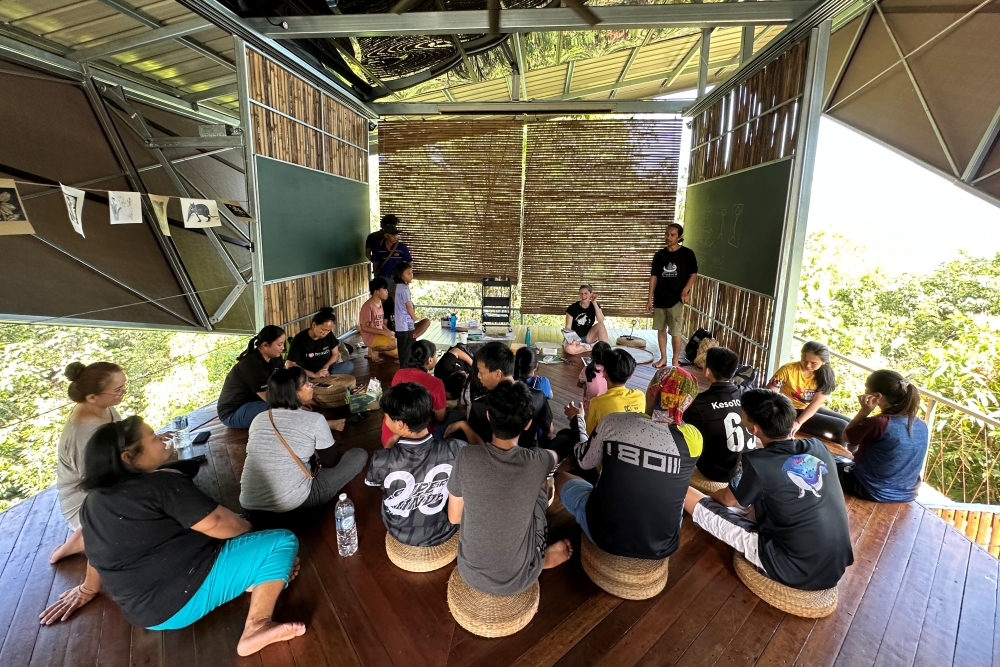
Under the programme, a number of workshops are being conducted, teaching the members the rural community, including the children, the skills in papercutting, woodcutting and screen-printing arts.
‘Ongoing relationship’
The 2018 Borneo Bengkel in Kuching was where Maddocks and Pangrok Sulap originally met and since then, they have been following each other’s professional progress through social media.
“I am really happy to be in Kota Kinabalu and collaborating with Pangrok Sulap.
“Though we come from different cultures and backgrounds, our work – papercuts and woodcuts – and the meanings and messages we explore in our work, have a lot of similarities.
“It will be interesting how we can explore this to create new artworks together,” said Maddocks.
Sama Sama: Transcultural Art Residency programme manager Adi Helmi Jaini remarked: “We, at Pangrok Sulap, have been really fortunate to travel internationally, and gain inspiration and experience from many creatives around the world.
“Now by running our own residency programme, we hope that we could create opportunities for artists from around the world to come and learn more about Borneo, and collaborate together.”
On Maddocks, Adi Helmi said everyone in the collective had always admired her work, especially her way of creating large installations and experiments with lights and shadows in her papercuts.
“But also the way she explores social issues through community work and museum archives, I feel there is a lot of synchronicity between our works.
“We have a lot to share with and learn from one another, and also with the Sabah community.”
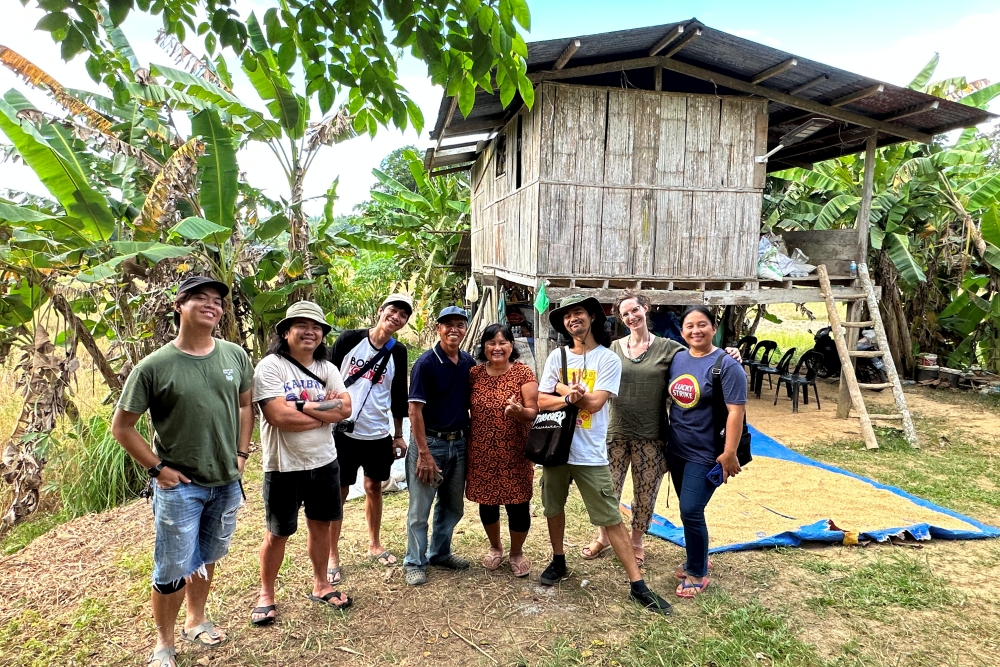
The Sama Sama residency artists and Forever Sabah representatives in a group photo, taken during their visit to the rural community of Tengilang.
‘Powerful imagery’
The programme is supported by the British Council’s Connections Through Culture Award.
In a statement, British Council Malaysia’s head of arts and creative industries Florence Lambert hailed the work of Pangrok Sulap and Maddocks as being ‘so powerful’.
“They both explore contemporary issues and challenges whilst using such visually striking imagery.
“We are even more delighted to support this residency programme as its thematic aligns with our other new programme ‘Human-Nature’ – a three-year exploration of Borneo’s cultural diversity and biodiversity, meant to open opportunities for artists, arts organisations, communities and researchers from Malaysia and the UK to collaborate, share their knowledge and best practices, and explore alternative answers to our relationship with each other and with our environment,” said Lambert.
The residency will culminate with a sharing session and exhibition of the works produced this Feb 24. Taking place at Pangrok Sulap Studio on Level 2 of Block K Lot 63 at Lorong Plaza Utama Alamesra in Kota Kinabalu, the event’s curtain-raiser is set at 8pm.
According to Adi Helmi, the collective hopes for the works to ‘travel’ and eventually, be exhibited in the UK as well.
“Proceeds raised from the exhibition would go towards building mini-hydro systems to provide electricity to the rural communities in Sabah.”
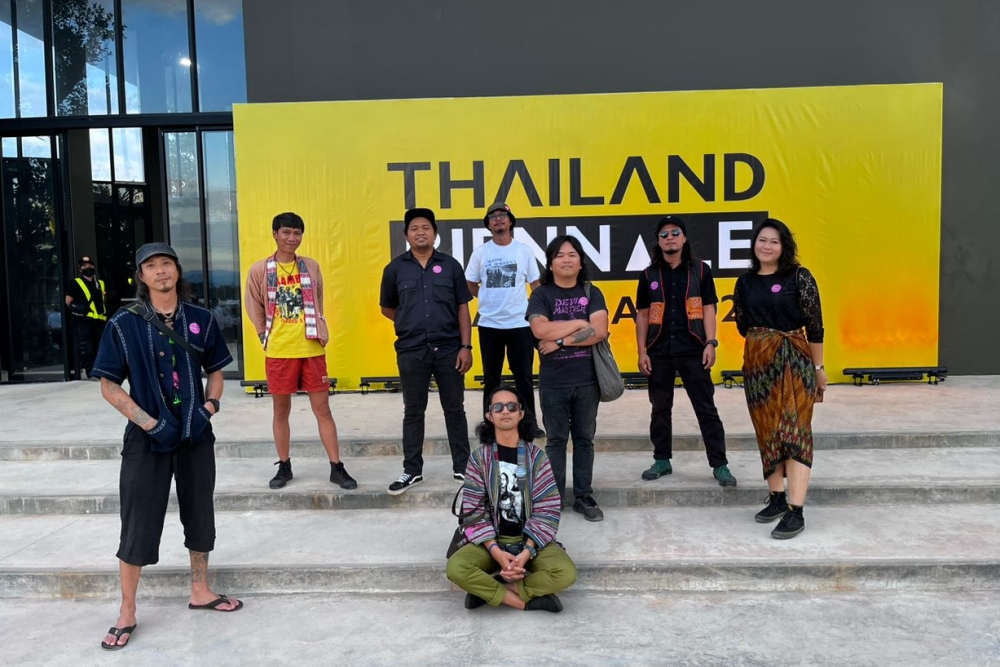
Pangrok Sulap artists have also participated in many international residencies, the most recent was in the Thailand Biennale Chiang Rai 2023, last December.
‘Stories of people, culture, environment’
Pangrok Sulap celebrated 10 years of working as a collective by launching a book and album last year.
Since then, the group has travelled around the world sharing stories of the people, culture and environment of their home state Sabah.
Throughout the years, they have been working on elevating the creative community of Sabah, and now with this new artist residency programme, they welcome local and international artists to come and work together in their space.
“Moreover, they get to gain a better understanding of the issues and challenges faced in Sabah and how the collective can collaborate with communities and organisations in using art as a form of civic engagement and activism,” said Adi Helmi.
A strong element in Pangrok Sulap’s process is community participation. The collective collaborates with community members to collect indigenous narratives and experiences and create artworks that tell their stories.
Members of the public are encouraged to join in the communal production of artworks and the printing process – a performance for which the collective plays original and contemporary folks music, while the participants are invited to dance in circles on the woodcut performing Sabah’s traditional ‘Sumazau’ dance.
The crowd’s weight transfers ink onto the finished print, which is then revealed on the spot.
Pangrok Sulap and Maddocks are both on Instagram, searchable via handles @pangroksulap and @bethanmaddocks.
This post was originally published on this site be sure to check out more of their content
